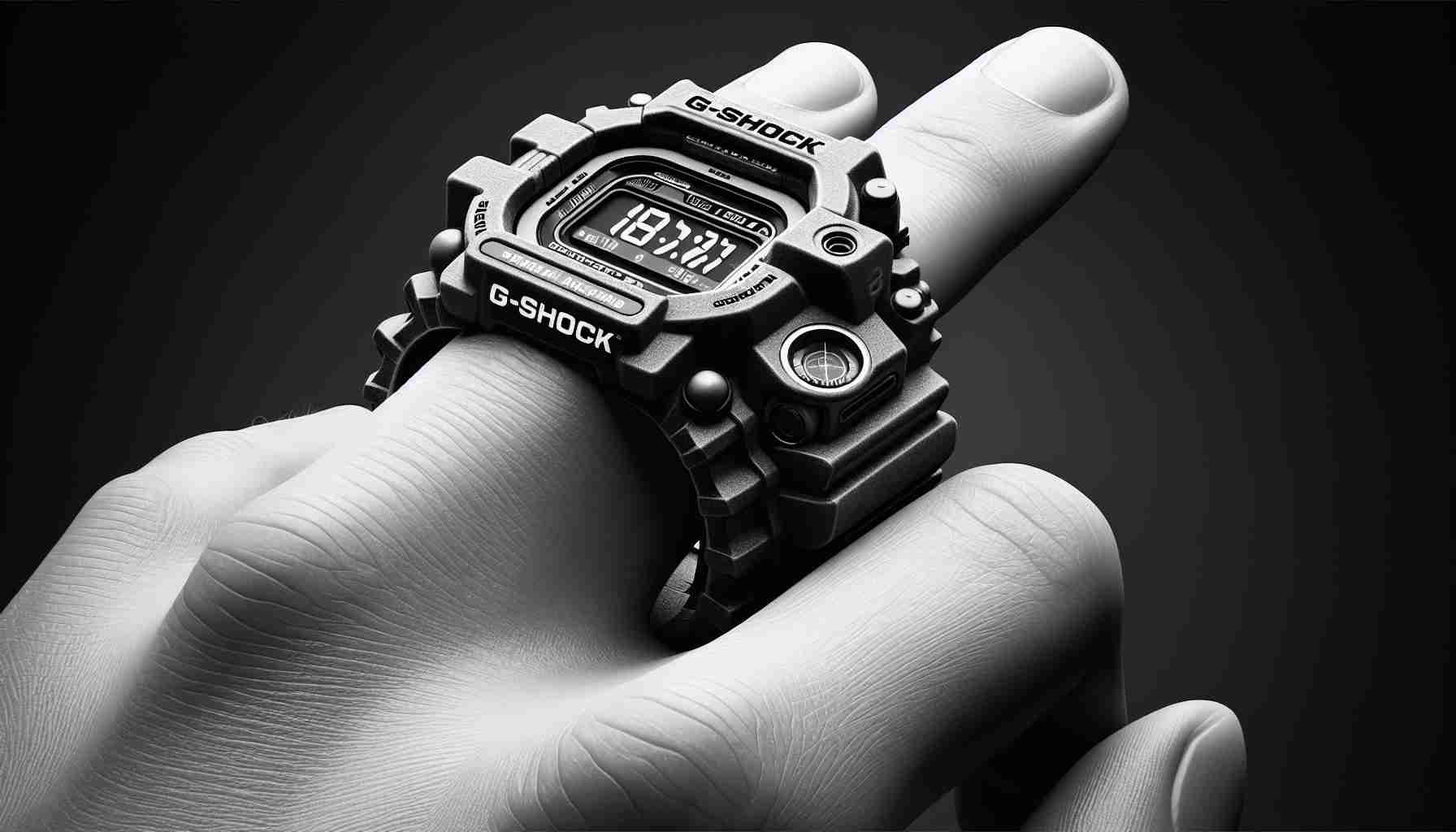Samsung fans eagerly awaiting the company’s next innovation might have to hold on a little longer. Recent findings from China suggest that Samsung, in partnership with Google, is poised to release its highly anticipated XR glasses in the third quarter of 2025.
Breaking Down the Specs
According to insights from Wellsen XR, the upcoming smart glasses will feature technology reminiscent of the Ray-Ban Meta series. Notably, the glasses are expected to sport Qualcomm’s AR1 chipset, which Ray-Ban’s current Meta glasses also utilize, albeit the AR2 was released earlier. Sharing more common ground, Samsung’s device will reportedly house a 12MP camera and a 155 mAh battery—very much akin to its Ray-Ban counterpart.
Weight and Design Considerations
Weighing in at 50 grams, these futuristic spectacles slightly outweigh the Ray-Ban Meta by just a few grams. Yet, rumors strongly indicate the absence of a built-in display for Samsung’s version, thereby aligning it more with minimalist smart glasses rather than full-fledged AR devices.
Feature Powerhouse
Even without a display, Samsung’s XR glasses are projected to stand out with advanced AI features. Expected functionalities include payment transactions, QR code recognition, and gesture-based controls. The mysterious “Gemini” task management hints at AI capabilities that rival those in Meta’s realm.
Though the wait for a 2025 release might be lengthy, anticipation is building. Keep an eye out for potential teasers around the Galaxy S25 unveiling next January. Samsung’s latest collaboration certainly promises an exciting leap forward in wearable tech.
Samsung’s XR Glasses to Revolutionize Wearable Tech in 2025?
As the tech world buzzes with anticipation over Samsung and Google’s collaboration on revolutionary XR glasses, it’s essential to delve deeper into the broader implications of this upcoming release and what it could mean for the future of technology and humanity.
The Intersection of AI and Wearable Tech
The integration of advanced AI capabilities within Samsung’s XR glasses marks a significant milestone in the evolution of wearable technology. With features like gesture-based control, QR code recognition, and a unique task management system, these glasses are not merely an accessory but a potential game-changer in how humans interact with machines.
Interesting Fact: The inclusion of AI-based payment transactions suggests a future where wallets may become obsolete. Imagine effortlessly executing transactions with a simple gesture or glance.
Potential Advantages for Society
1. Enhanced Accessibility: The glasses could empower individuals with disabilities, offering new forms of interaction and communication through gesture-based controls and seamless integration with other devices.
2. Efficiency in Everyday Life: These glasses aim to streamline daily activities, including managing tasks and executing payments, thereby saving time and reducing physical contact points.
3. Pioneering Privacy Measures: While specific privacy features have yet to be revealed, the absence of a built-in display and limited storage could inadvertently safeguard user data from certain types of breaches.
Controversies and Drawbacks
However, this innovation doesn’t come without its controversies and disadvantages:
– Privacy Concerns: As with any device equipped with cameras and microphones, these XR glasses could become tools of surveillance if not regulated properly. What measures will Samsung implement to ensure users’ data remains private?
– Dependence on Technology: Increased reliance on smart wearables could lead to complacency in handling tasks manually, resulting in a potential loss in basic skills over time.
– Battery Life Limitations: Sporting a 155 mAh battery similar to existing models might constrain prolonged usage, and users may find frequent recharging cumbersome.
Intriguing Questions About XR Glasses
Could this technology lead to greater societal benefits such as reduced commute due to enhanced remote work capabilities?
While it’s speculative, glasses equipped with advanced AI may facilitate ultra-efficient remote work setups, making physical presence in office spaces less necessary over time.
Final Thoughts
Samsung and Google’s XR glasses suggest a future where technology becomes even more intertwined with daily life, carrying promises of innovation and challenges in equal measure. How these devices are designed, utilized, and regulated could significantly impact the journey toward a highly connected society.
Stay updated for more developments by visiting the main portals for Samsung and Google.
Remember, with every leap in technology, there’s a need for responsible implementation and adaptation. How will you prepare for this rapidly approaching future?






















